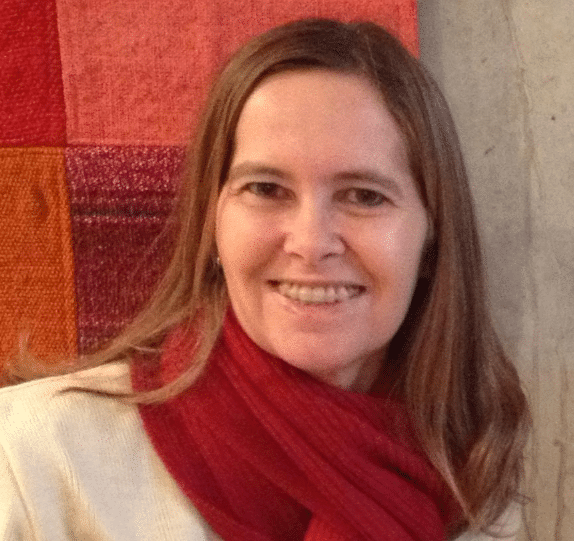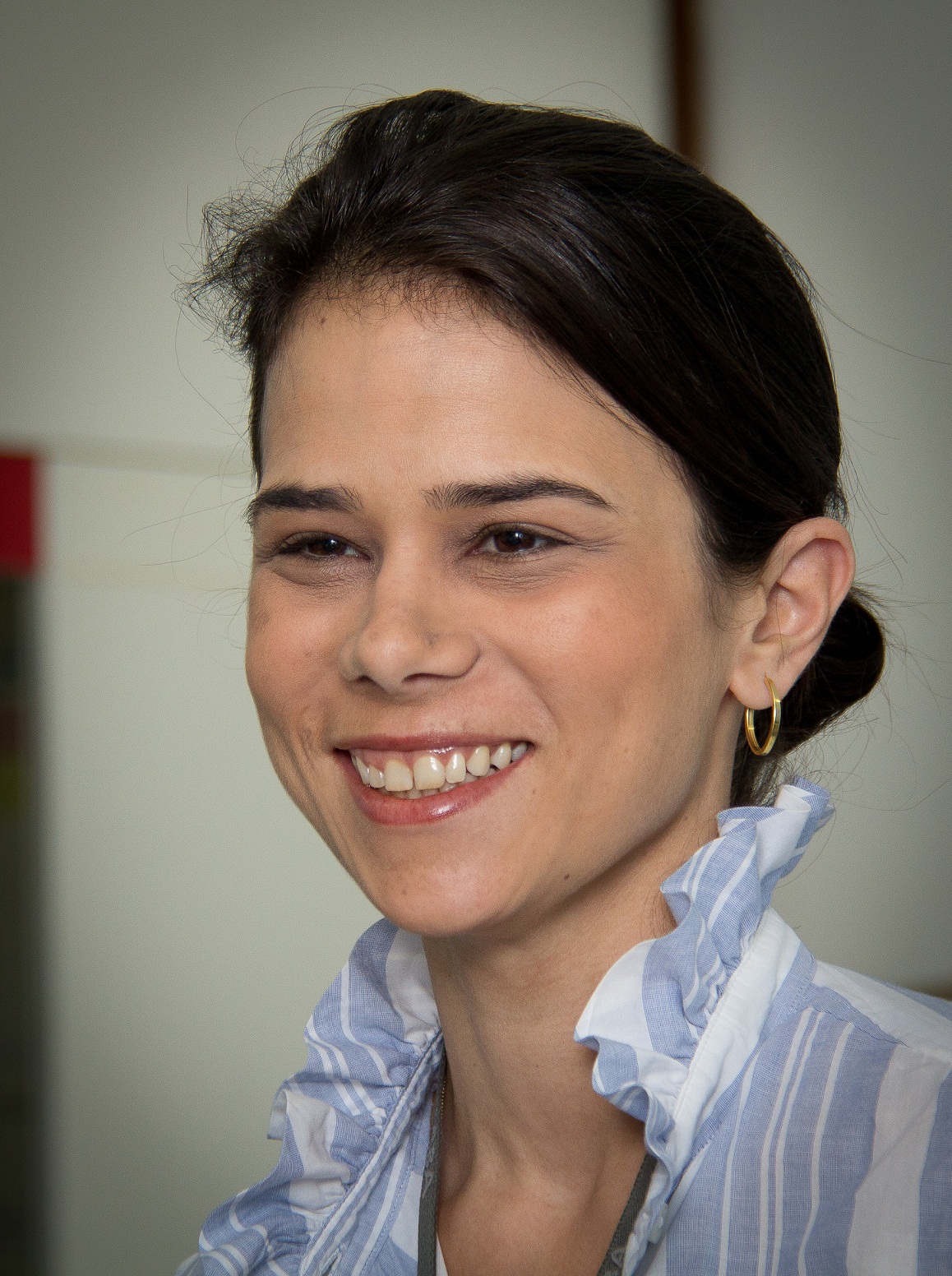The Big Picture of Language Learning
“Novices become acquainted with activities not only from their own and others’ attempts to define what transpires in an activity, but also from how those participating in the activity respond to them.”
Elinor Ochs, in “Becoming a Speaker of A Culture.” (2002)

I have just read Elinor Ochs’ article entitled ‘Becoming a Speaker of a Culture,’ a contribution to the book ‘Language Acquisition and Language Socialization — Ecological Perspectives,’ edited by Claire Kramsh (Continuum, 2002). In her chapter, Elinor Ochs offers some very interesting insight into Second Language Acquisition theory.
Elinor Ochs is an UCLA anthropologist working in the field of Linguistic Anthropology, among others, and her research explores the role of culture in language acquisition. While Vygotsky’s Zone of Proximal Development (ZPD) theory (1934) accounts for the crucial role of social interaction for language learning and how peer support can help learners perform at a higher level , Ochs’ theory explains how participants’ different roles, personae, cultural beliefs, and stances are constructed by language through everyday social activities in the different contexts in which they interact. We all know that interactions between individuals generate a world of ideas, thoughts, emotions, and beliefs, all of which are co-constructed by its participants; however, Ochs’ theory (2002) seeks to capture how this exchange takes place and how it impacts social dynamics within individuals and social groups. Vygotsky claims that learning occurs through interactions between experts and novices in a given context, for example, in a classical classroom situation in which learners work in pairs and in groups. More experienced learners can become skillful tutors to novices, that is, less experienced learners. It could be the other way around, too. Novice learners might know something better than their tutors and they then can swap roles. This is why this dynamics contributes to cognitive development of all the students, and as the saying goes, ‘when one teaches two learn,’ the learners co-construct their knowledge in an environment that mimics real life. What Ochs does is take one step further and propose the notion that ‘the process of acquiring a language is part of a much larger process of becoming a person in society,’ and she goes on to say that ‘novices across the life span are socialized into using language and socialized through language into local theories and preferences for acting, feeling, and knowing, in socially recognized and organized practices associated with membership in a social group’ (Schieffeling and Ochs 1986).
That said, it is crucial that we look at our students from this perspective and take into account the complexity of roles and stances that impact their behaviors and attitudes towards language learning, their peers, society, and us as their teachers and learners, which are very often evident in the context of the classroom. Ochs tells us that ‘social interaction is a fascinating platform for discerning the moment-by-moment creation of social life.’ In view of this, in our classrooms we can observe what beliefs are being co-constructed through language. In her research, which attempts to understand how the social world looks like from the perspective of children, Ochs observes how an autistic girl’s social identity is constructed through language during a softball game. The way her teammates mentor her and speak on her behalf construct her identity as a classmate with disabilities and incapable of sustaining an interaction with others.
We often take classroom tasks for granted as if we were just teaching or practicing language points. There is much more to Elinor Ochs’ research than I have mentioned here, but not overlooking the impact of simple classroom activities such as gap-fill tasks or role-play can be a good start. Rather than being mere ‘practice exercises’ for our students to become English speakers, they are only a part of a bigger picture in our students’ lives and in our own as well because social life is fluid and one context definitely affects others. So, in conclusion, we should start wondering what interactions are going on during simple classroom tasks. What sort of knowledge is being co-constructed? What different stances and social roles are our learners taking on as they are being socialized into our our classroom’s beliefs, feelings, and views? Are we seeing our learners as English language students or as whole beings trying to make sense of the world through language?
Sources:
Elinor Ochs’ chapter is available here if you would like to know more about her research and the four dimensions of the social context in which interactions occur.
https://www.sscnet.ucla.edu/anthro/faculty/ochs/articles/02speak_cult.pdf
To learn more about Vygotsky’s ZPD theory and other sociocultural perspectives:
Ellis, R. The Study of Second Language Acquisition. Oxford: Oxford University Press.
Spada, N. & Lightbown, P.M. How Languages are Learned. Third Edition.Oxford: Oxford University Press.




